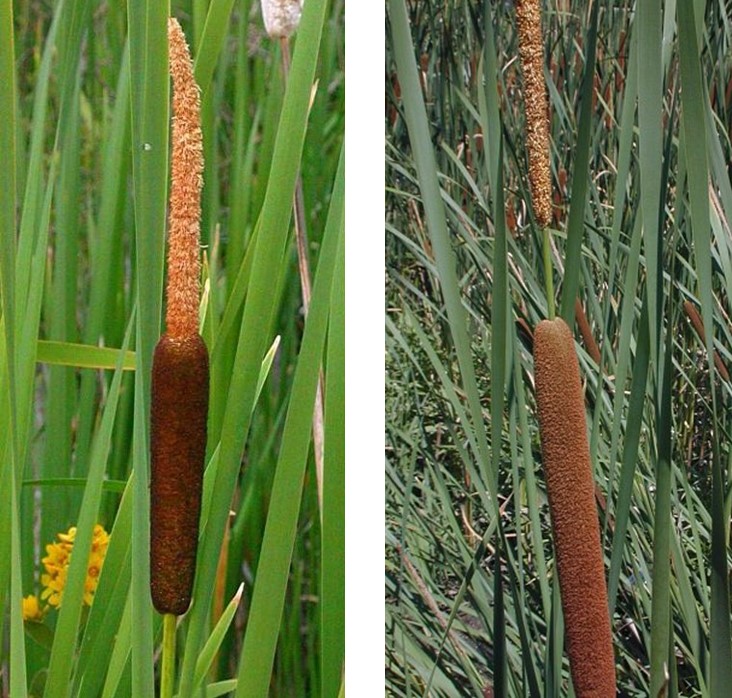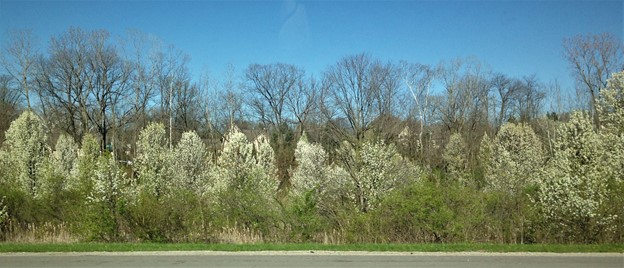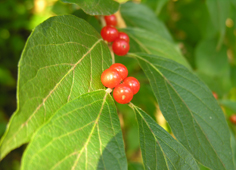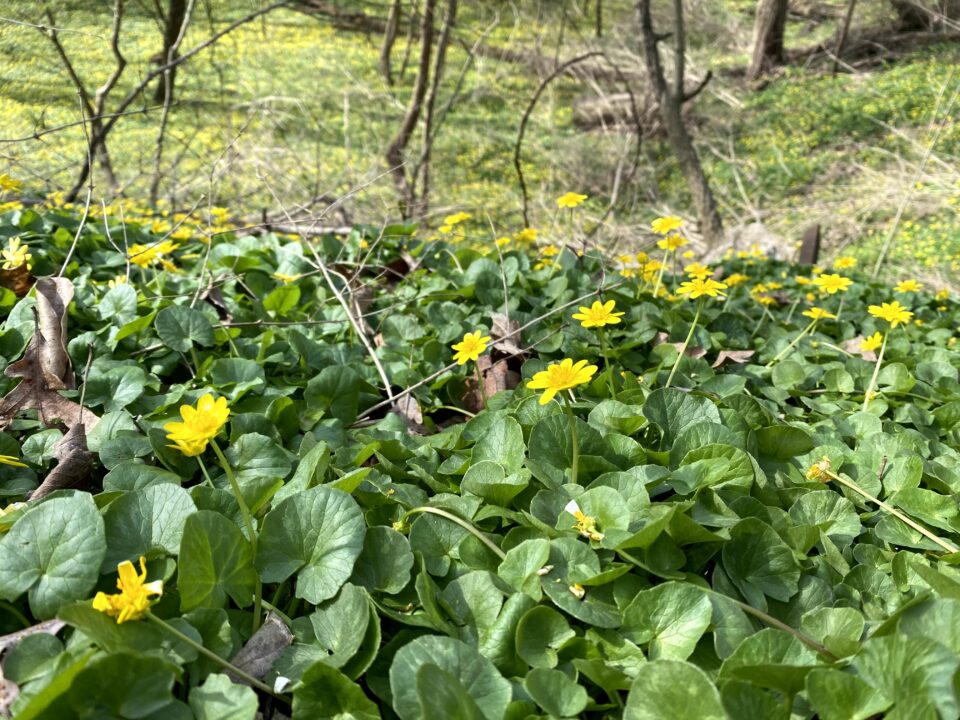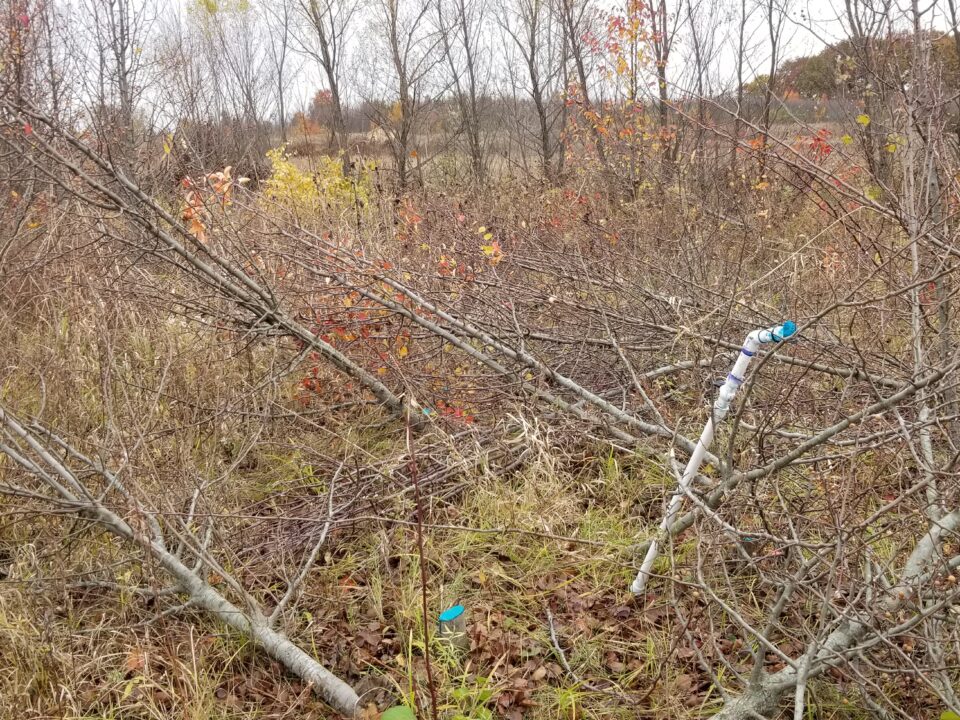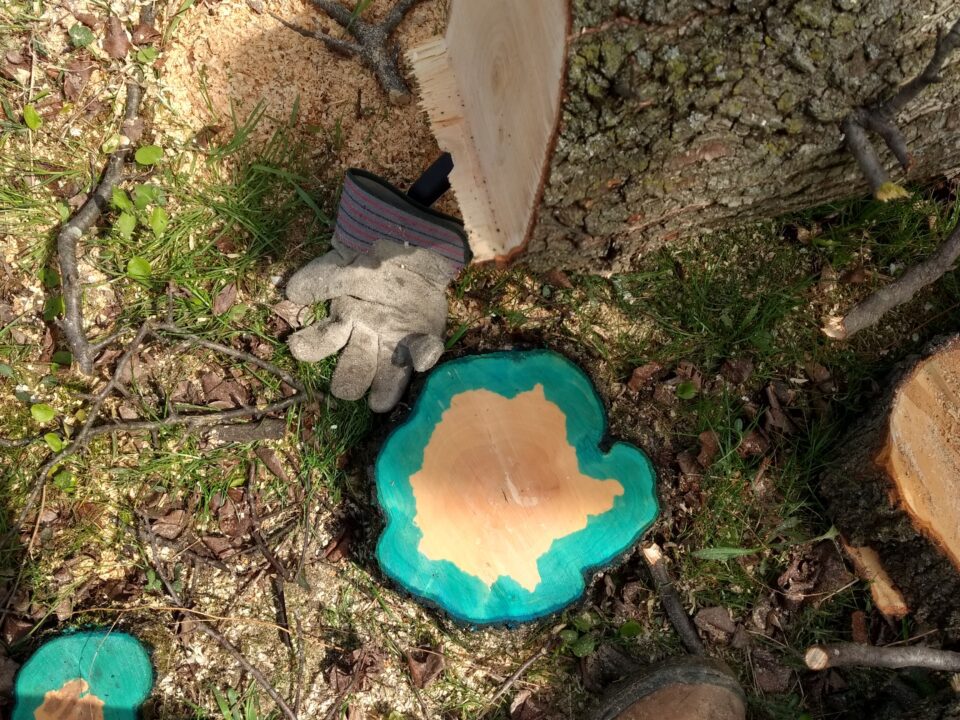February 29, 2024
By: Cody Wright March 2, 2022 In Ohio, our native Cattail, Typha latifolia, is being pushed out of its niche by its invasive cousin, T. angustifolia. These two species can interbreed and produce viable hybrid offspring, T. x glauca, which also exhibit invasive tendencies. It is thought that T. angustifolia was first introduced to the U.S. along the Atlantic seaboard via the dry ballast of European ships coming into harbor. The key characteristic that can be used to identify between these species is the gap, or lack thereof, between the male and female flower. Yes, that portion of the plant that humorously resembles a corndog is actually the flower spike that the plants use for sexual reproduction. The native cattail has no gap between the […]



